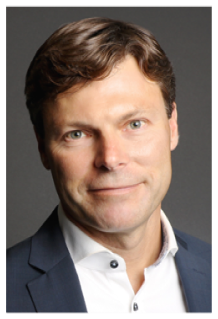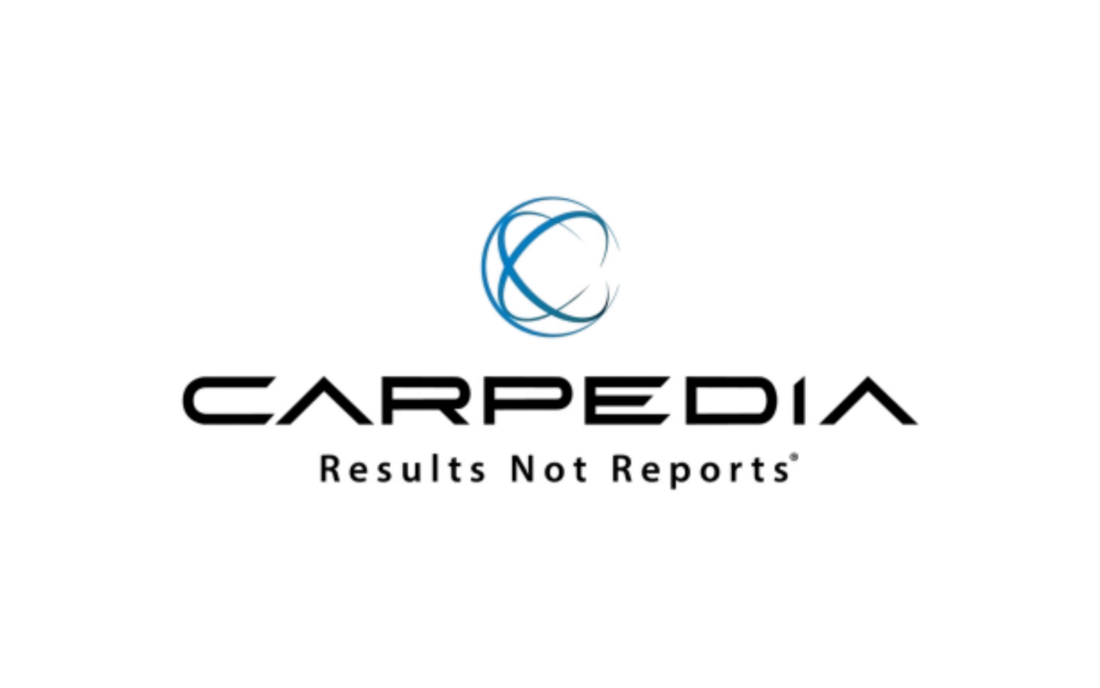
The Hidden Multiplier: Productivity as a Strategic Lever
By Andrew Rush
A CEO recently compared her boardroom to an airport terminal—everyone ready, briefcases in hand, but waiting for the fog to lift before boarding.
Across industries, that pause has become all too familiar. Organizations are rethinking their strategic direction—realigning supply chains, reevaluating cost structures, and hedging against future disruptions. But strategy, no matter how well crafted, is only as strong as the organization’s ability to execute. And that is where many organizations get stuck.
Unpredictable topline growth opportunities have many leaders turning inward—looking to productivity gains as a path to margin improvement and value creation. Productivity is one of the most controllable levers leaders have to close the gap between plan and performance.
Productivity Is the Answer—Even When the Question is not Clear
In my work with organizations across industries, I’ve seen a recurring pattern: leaders recognize the need to evolve but hesitate to act. The market is unpredictable. Cost pressure is real. Political and economic shifts only compound the uncertainty. So, they wait—putting it off another quarter or waiting for greater clarity or predictability on external factors.
But delaying operational improvement may compound the problem.
Regardless of where you are in the strategy cycle—growth, contraction, or transformation—productivity is one of the few places where the return is both measurable and immediate.
Many companies get stuck in an endless loop of benchmarking. They compare performance against industry averages, competitor metrics, or third-party data sets. The problem with external benchmarks is that they are often based on inconsistent assumptions. What might look like an apples-to-apples comparison is more like comparing two croissants — layered, complex, and shaped by completely different hands. These types of benchmarks can just as easily give a false sense of security as they can signal false alarm.
A better benchmark is your team, department, or organization’s personal best.
If your organization has achieved 101% productivity nine times in the past year but is currently averaging 87%, you don’t need a study to tell you improvement is possible. You’ve already shown that it is.
Strong KPIs often show weeks when performance has exceeded the target—reinforcing that the goal is achievable.
The goal is not to work harder—it’s to create the conditions that allow teams to perform at that level more consistently.

Productivity Gains Come from Removing Friction, Not Adding Pressure
When we evaluate operational performance, we typically find that people are spending 40% to 60% of their day on non–value-added activity. That’s not a people problem—it’s a management problem.
The barriers are often straightforward: missing tools, unclear instructions, poor handoffs, redundant steps, misaligned incentives, inefficient approval loops. Leaders can either ignore these problems, they can justify them through reasons and excuses, or they can work to remove them one by one.
When you clear the path, performance improves. Employees usually want to succeed. It’s our job to make it easier for them to do so.
A leader’s role is to remove the barriers that stand in the way of their team’s performance.


Leadership Reluctance Often Comes from Risk Perception
Operational productivity doesn’t always get the investment it deserves because it can be mistaken for “more work,” it often appears less flashy than “implementing AI solutions,” and it may be misperceived as harder to quantify upfront. Technology may be mistaken as a quick fix or might be seen as a gateway to keeping up or staying ahead. And it can be. But not on its own.
The fact is, most productivity initiatives, especially those focused on management practices and execution, yield rapid ROI—we’re talking months, not years. The key is having the discipline (or the help) to define, measure, and track the right metrics, and to hold leaders accountable for sustained gains.
Technology is not a Productivity Strategy
One of the most common mistakes I see in executive decision-making is the overreliance on technology as a stand-in for operational discipline.
Companies are pouring billions into AI and automation, but many are struggling with adoption, integration, and compliance to the new system. The productivity conversation has shifted from “buying tech” to “extracting value from tech.” A new ERP system, automation solution, or platform investment may feel like progress—but without the right processes and management routines, those tools often fail to live up to expectations.
Technology is an amplifier. It makes good systems better and bad systems worse. So, if you’re implementing new technology in a broken process, you’re likely just codifying inefficiency.
Before layering on new tools, make sure your foundational operations are sound. Fix what needs fixing before you digitize or automate the process.

Inaction Is the Greater Risk
Most businesses operate in industries that are competitive enough to make standing still riskier than course correcting. Every day spent tolerating inefficiency is a day of lost value. Improving productivity requires focus, discipline, and a willingness to challenge the way things have always been done.
Conclusion
Productivity is often the factor that determines whether a strategy gains traction, whether a technology investment delivers value, and whether teams are set up to succeed. Indicators of opportunity and risk don’t always come from the market. Many show up in the day-to-day: in handoffs, routines, and how easily (or not) work gets done. More often than not, the opportunity is already within your walls. What matters is having the rigor and discipline of execution to ensure improvements are made and sustained.
About Andrew Rush
Andrew Rush, Executive Vice President & Partner at Carpedia, brings decades of experience helping organizations improve results by aligning culture, leadership, and team performance. With a background in leading turnaround situations and guiding companies recognized as one of Canada’s 50 Best Managed, Andrew also speaks widely across North America on topics such as business plan execution, cultural alignment, and accountability. A former TEC Canada member, he combines hands-on leadership experience with deep consulting expertise to help businesses thrive.


About Carpedia
Carpedia is a results-driven, implementation-focused management consulting firm that delivers rapid, sustainable improvements in performance and profitability. Working directly alongside client teams—“shoulder to shoulder”—they specialize in operational excellence across industries like manufacturing, healthcare, infrastructure, and private equity, with over 95% of clients achieving or exceeding their improvement goals.


